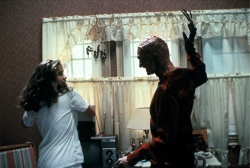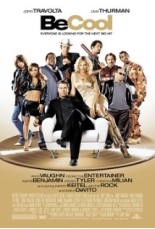
 Somewhere in the mess of Be Cool is a story. There has to be; after all, it’s based on an Elmore Leonard novel. John Travolta reprises his role as one-time shylock Chili Palmer from 1995’s Get Shorty, also based on Leonard. While that earlier work focused on Chili’s foray into the film industry, Be Cool finds our so-cool-he’s-Popsicle protagonist drifting through the ooze of L.A.’s sleazy music biz.
Somewhere in the mess of Be Cool is a story. There has to be; after all, it’s based on an Elmore Leonard novel. John Travolta reprises his role as one-time shylock Chili Palmer from 1995’s Get Shorty, also based on Leonard. While that earlier work focused on Chili’s foray into the film industry, Be Cool finds our so-cool-he’s-Popsicle protagonist drifting through the ooze of L.A.’s sleazy music biz.
In either an unfortunate accident or a meta-ironic attempt to parrot that shallow world, Be Cool serves up a passel of tired caricatures, stale gags and self-congratulatory cameos (Aerosmith’s Steven Tyler, Anna Nicole Smith, et al.). There’s a burly bodyguard who is gay and — get this — wants to be in movies! Yowzah! Oh, and a white guy who thinks he’s a black guy! Hoo-boy! There’s a Russian Mafiosi who sports a … bad toupee! Tee-hee-hee! Oh, and then there’s the gangsta rapper who’s just itching to shoot someone! Knee-slappin’ hoopa-hoopa funny!
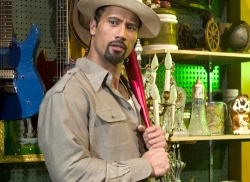 Some of these high jinks are executed by talented folks, which somewhat alleviates the sting. Andre 3000 (of hip-hop duo Outkast), Vince Vaughn, Cedric the Entertainer and especially Dwayne “The Rock” Johnson all shine in their respective roles, until the one-dimensional shtick they are saddled with starts to wear thin. It doesn’t take long.
Some of these high jinks are executed by talented folks, which somewhat alleviates the sting. Andre 3000 (of hip-hop duo Outkast), Vince Vaughn, Cedric the Entertainer and especially Dwayne “The Rock” Johnson all shine in their respective roles, until the one-dimensional shtick they are saddled with starts to wear thin. It doesn’t take long.
Others in the ensemble are less lucky. Christina Milian has the thankless role of the young musical talent whom impresario Chili takes under his wing and steers toward a record contract. (Will she make it? Take a guess.) She’s relegated to several performances of synthetic R&B dross while Travolta and co-star Uma Thurman are told to sway their heads from side to side.
F. Gary Gray (The Italian Job remake) is a competent, if unremarkable director, and he does manage to keep the flick humming along and even intermittently entertaining. But hell, intermittently entertaining isn’t quite cool enough. Be Cool be crap. —Phil Bacharach

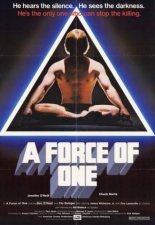
 Hypothetically, say two of your fellow police officers turn up dead, both with their windpipes smashed. Would you theorize the following: “Maybe it’s one of them karate weirdos like in the movies!” The hypothetical is also a rhetorical, because that’s what happens in the Chuck Norris film
Hypothetically, say two of your fellow police officers turn up dead, both with their windpipes smashed. Would you theorize the following: “Maybe it’s one of them karate weirdos like in the movies!” The hypothetical is also a rhetorical, because that’s what happens in the Chuck Norris film 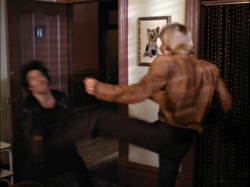
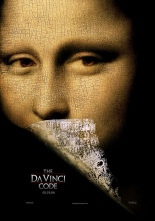
 When Dan Brown’s
When Dan Brown’s 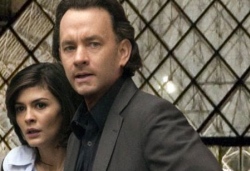 It makes one colossal mistake: treating the source material as if it were literature. Look, I loved reading Code, but it’s a B-level thriller. Screenwriter Akiva Goldsman treats it as if it were a work of serious art, where every sentence had been constructed with precious care, like a Jenga tower, with designs on a Pulitzer Prize. In doing so, the fun is sucked clean out of it, leaving us with one history lesson (and quasi-history lesson) after another, all of which numb our attention. Although it hews closely to the original story, there’s nothing here that sheds light on why the novel sold 2 bazillion copies and counting.
It makes one colossal mistake: treating the source material as if it were literature. Look, I loved reading Code, but it’s a B-level thriller. Screenwriter Akiva Goldsman treats it as if it were a work of serious art, where every sentence had been constructed with precious care, like a Jenga tower, with designs on a Pulitzer Prize. In doing so, the fun is sucked clean out of it, leaving us with one history lesson (and quasi-history lesson) after another, all of which numb our attention. Although it hews closely to the original story, there’s nothing here that sheds light on why the novel sold 2 bazillion copies and counting. 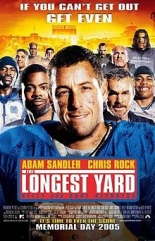
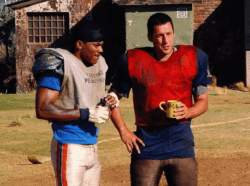
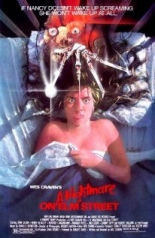
 I am unconvinced that Wes Craven is a great horror director. I’m not honestly sure he’s even a good one. His filmography is at best spotty; some watchable films, many outright stinkers, one great grindhouse flick (
I am unconvinced that Wes Craven is a great horror director. I’m not honestly sure he’s even a good one. His filmography is at best spotty; some watchable films, many outright stinkers, one great grindhouse flick (